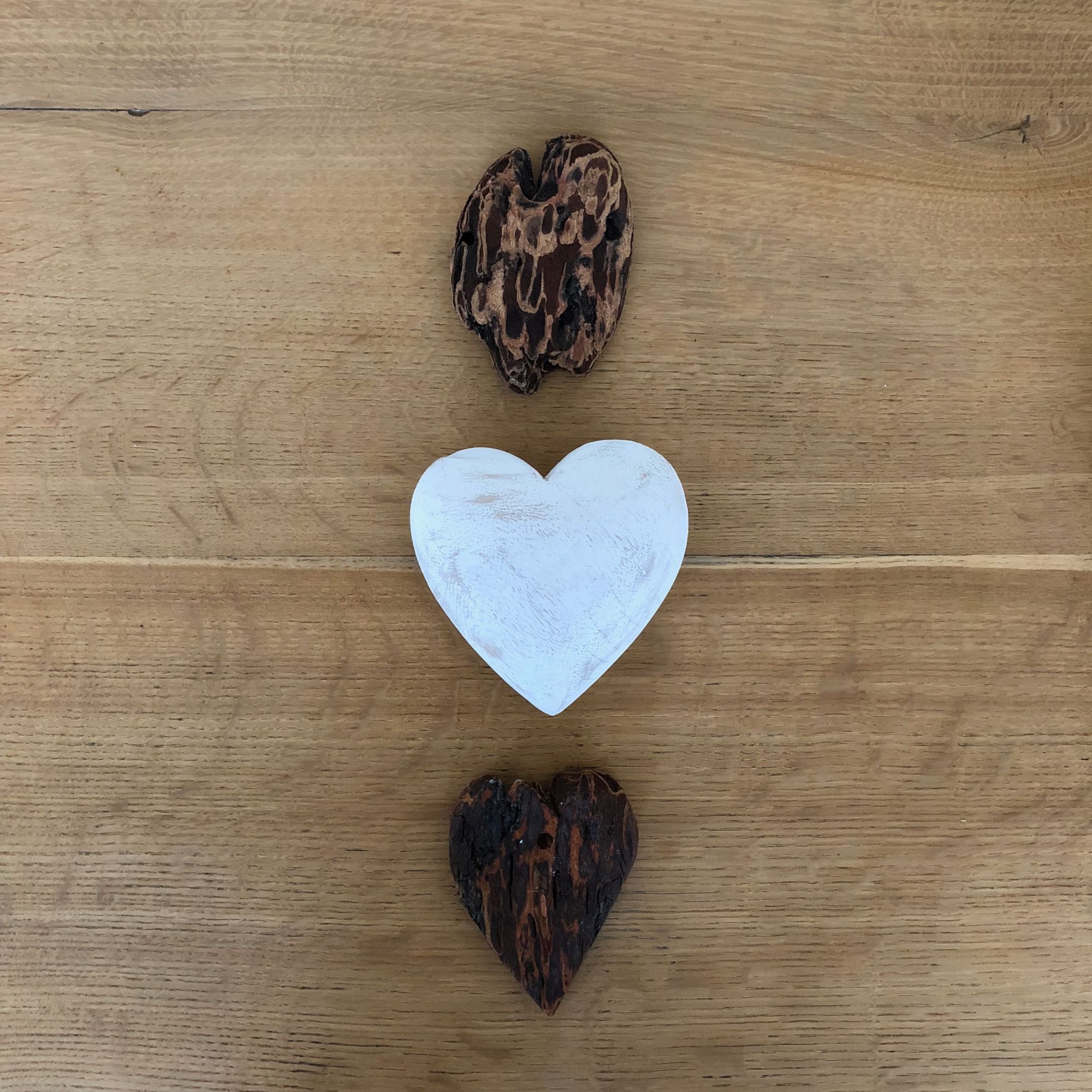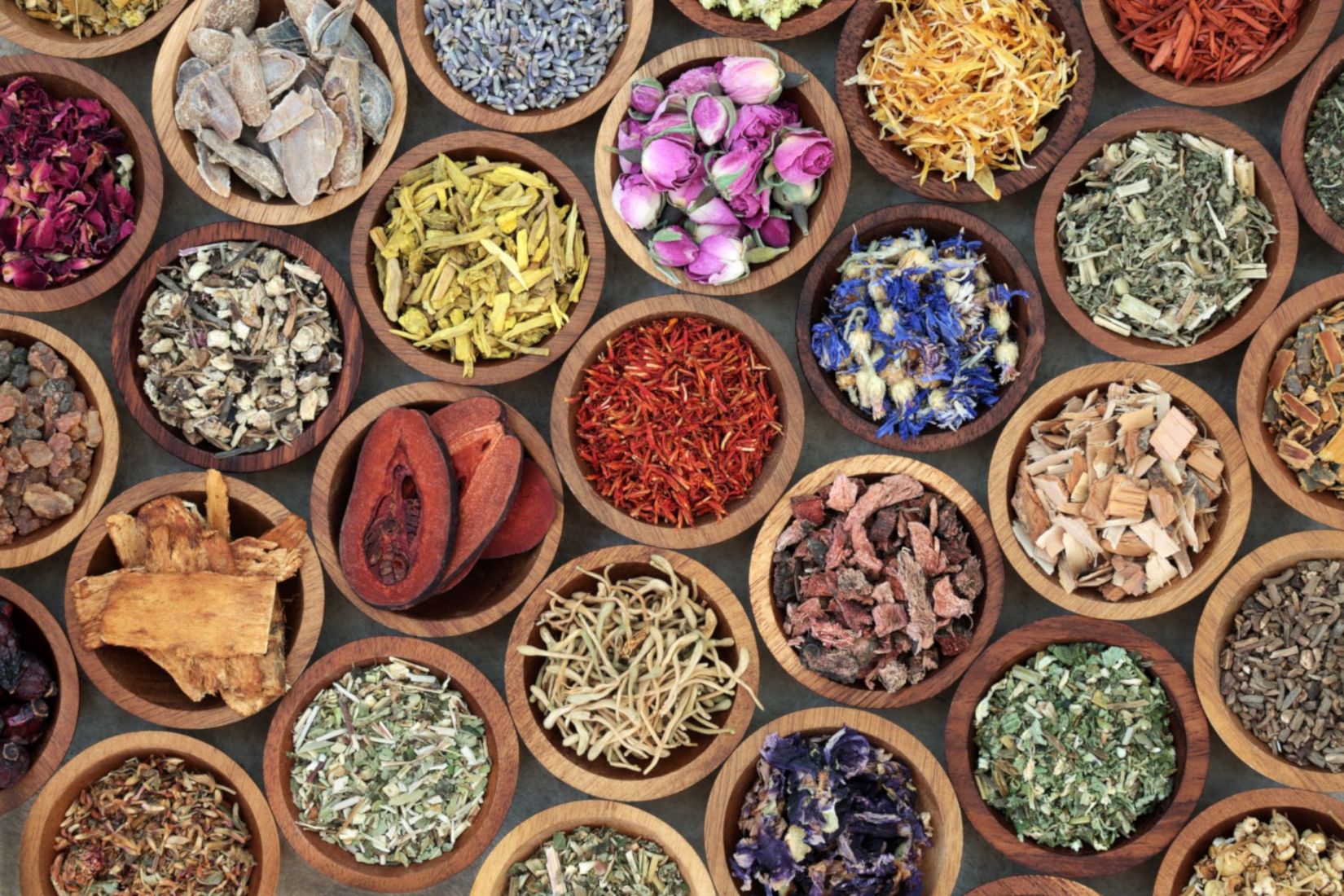“How is your body feeling? Are you stressed? Are you reacting? Do you have anxiety at this moment? Notice your breath. Your breath will tell you every time.”
I begin every class inviting people to notice their breath. Many teachers do this as well, but because I work with students who have stress, anxiety, PTSD, and depression, among other things, the breath and how it affects our emotional well-being is one of the essential components that I always invite people to come back to. I also want to give students an opportunity to notice how their body feels when they are completely at ease, which is what I attempt to establish in the beginning of class when we do grounding and breathwork, so that they can pay attention to sensations that invoke a sense of peacefulness to use as a sensation baseline, as this is something tangible that can be a take away when they leave class. Getting people to relax and ground themselves can take a while, and there have been times where we start the class with a full 15 minutes of just breathwork.
What’s tricky about any type of breathwork is the fact that the breath can actually be anxiety provoking for certain people, depending on their life experience, especially as we begin to move it around the body where we may change the direction of (or limit) breath flow. For example, during a twist, the breath becomes limited as we reduce the amount of space that the breath can flow into. So, it’s important to notice with each movement how the body responds not just from the movement, but also the subtle sensations and emotional responses connected to our breathing. And, because many people have extreme difficulty with focusing on the breath all together, opportunities to notice these subtle changes are often missed.
What I recommend to students is to commit to noticing the breath as much as possible, not just during yoga class, but also throughout the day. If someone’s mind is extremely busy, then I invite them to lengthen the inhale or exhale, which gives the mind something to do and notice. I suggest setting their iPhone alarm, or purchasing a smartphone app that reminds them to breathe. Or something even better might be to notice how the breath changes as you experience your day. This can be something reflected upon at the end of the day; people can recall the incidents of their day and recall how their bodies felt at that time because, as you remember something, it is likely you will be able to feel the physical and emotional reaction just by thinking about it. If we develop a pattern of noticing the breath, we can become more aware of those subtle changes as we move about our day, and this will allow us to shift our breathing to a pattern that serves us and helps the body relax. Then, over time, those sensations and that baseline we create in class can invoke a sense of peacefulness that becomes the new normal, which is extremely empowering.














